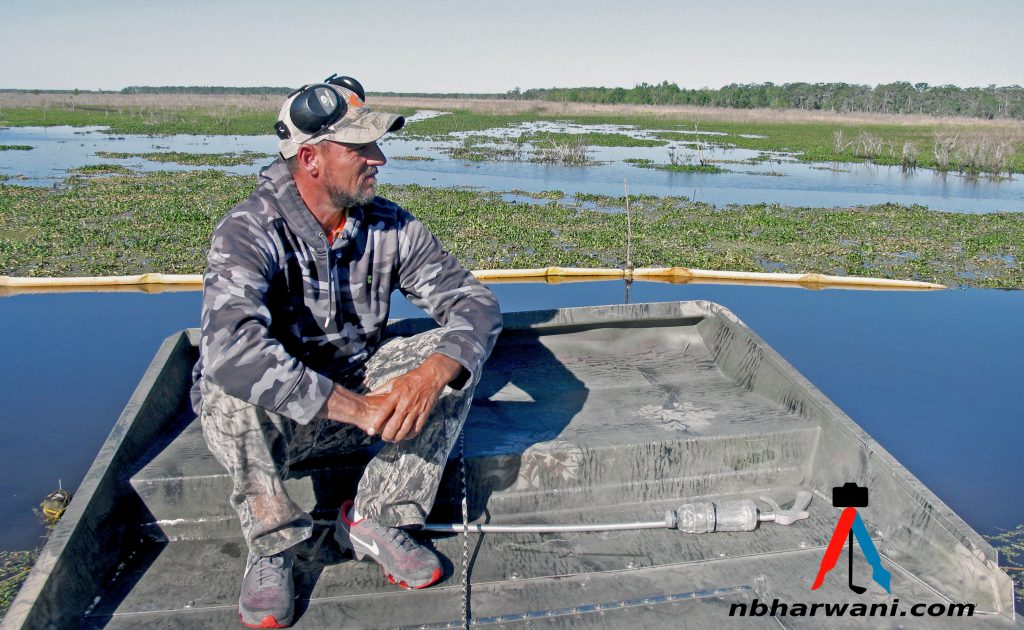After surgery, patients always ask, “Doctor, do I need to use antibiotics to prevent infection?”
Surgical incisions are usually closed by fixing the edges together with stitches, staples or steri-strips. This process helps the cut edges heal together and is called ‘healing by primary intention’. This has a very low potential for infection.
Minority of surgical wounds are not closed in this way. This happens when there is a high risk of infection. The wounds may be left open to heal by the growth of new tissue rather than by primary closure. This is known as ‘healing by secondary intention’.
There is a risk of infection in open wounds, which may impact on wound healing, and antiseptic or antibiotic treatments may be used to prevent infections.
We don’t have to use any topical antibiotics (like Polysporin or Neosporin) for surgical wounds which are clean. Yet we continue to promote its use for clean surgical incisions.
A clean surgical procedure requires a clean dressing that protects incisions from bacteria and keeps it clean and dry. Dressings should be changed daily or according to your doctor’s orders.
In a recent article (Five Things Clinicians and Patients Should Question) written under the leadership of the Canadian Dermatology Association in Choosing Wisely Canada (March 2019), the association advises Canadians not to routinely use topical antibiotics (like Polysporin) on a clean surgical wound.
This review article says that for wounds closed with stitches, the potential harms (like allergic contact dermatitis to topical ingredients and antibiotic resistance) outweigh the marginal reduced risk of postoperative infection achieved by use of antibiotics applied to the skin.
Only wounds that show symptoms of infection (pus, swelling, spreading redness, wound breakdown and systemic symptoms) should receive appropriate antibiotic treatment.
In another study published in 2015 (J Dermatolog Treat) the authors compared topical antibiotic prophylaxis for prevention of surgical wound infections and found no statistically significant difference in incidence of postsurgical wound infections between topical antibiotics (like Polysporin) and petroleum jelly.
The authors of the article recommend use of Petrolatum (petroleum jelly) instead of topical antibiotics as a prophylactic measure to prevent postsurgical wound infections in the outpatient dermatologic setting.
Other studies have shown with repeated usage, about 10 per cent of people will develop an allergy to local use of antibiotic ointment. These same studies have shown that white petrolatum jelly (Vaseline) is the preferred wound care agent after skin procedures. All you need is gentle daily soap/water cleansing, and applications of Vaseline.
What is petroleum jelly? Petroleum jelly (also called petrolatum) is a mixture of mineral oils and waxes, which form a semi-solid jelly-like substance. This product hasn’t changed much since Robert Augustus Chesebrough discovered it in 1859. Petroleum helps seal your skin with a water-protective barrier. This helps your skin heal and retain moisture.
What is Polysporin? Polysporin consists of two antibiotics, bacitracin and polymyxin B.
What is Neosporin? Neosporin consists of three different antibiotics, neomycin sulfate, polymyxin B sulfate and bacitracin.
There are many studies which encourage use of petroleum jelly for routine care of superficial wounds, because it is as effective for wound healing as over-the-counter antibiotic preparations and does not contribute to antibiotic resistance or allergic contact dermatitis.
Start reading the preview of my book A Doctor's Journey for free on Amazon. Available on Kindle for $2.99!



